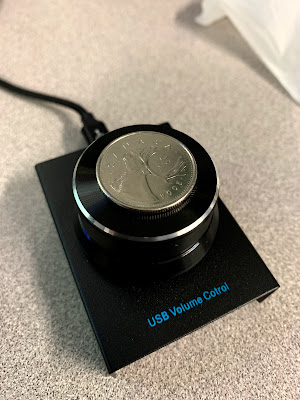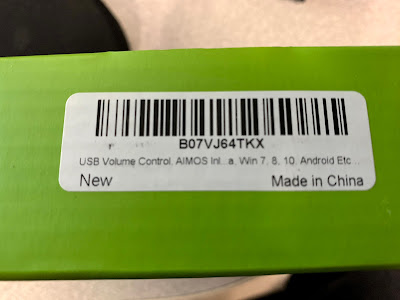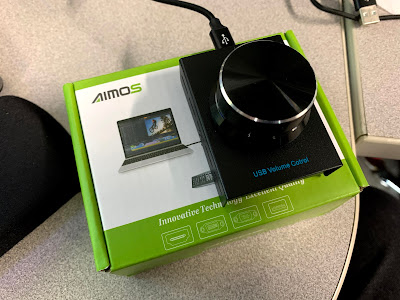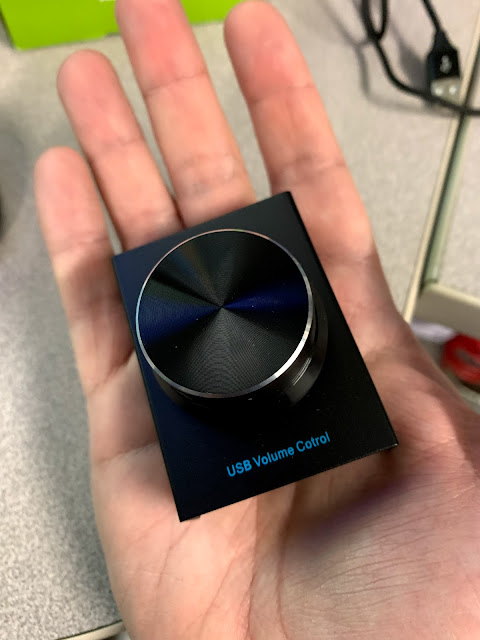Are you interested in monitoring the BC Forest Fire Service in the North Okanagan area, feel free to use these streaming links which do not require any radio equipment or the sharing of special or private frequencies.
The use of streaming links assures that radio interference does not occur from the general public monitoring. When using actual radio equipment the operator could improperly transmit on these critical channels if the radio is improperly programmed or the user is improperly trained on its use.
Streaming links also offer excellent audio quality as the radio receivers being used are located where the signal is strong and clear.

Web Browser Streams
Stream Title: North Okanagan Scanner
http://provoice.scanbc.com:8000/
Scroll down until you reach Mount Point /northok
Content Type: audio/mpeg
Stream Genre: Scanner
Social Media Stream URL: https://twitter.com/northokscanner
iOS and Android Apps
Browser your device app store for Police Scanner Radio & Fire
Download the free app. Listening for free can be done with the occasional interference for ads. You don't need to purchase the app subscription unless you wish to pay and go ad-free.
 |
| App appearance in the app store (iOS) |
 |
| App icon on your phone after installation (iOS) |
Once you have the app loaded and running search for North Okanagan RCMP Fire BCAS and SAR
You can mark the feed as a Favorite so it's easier and quicker to find it later.























